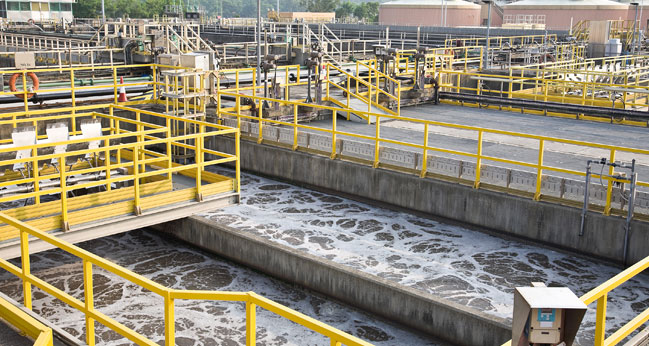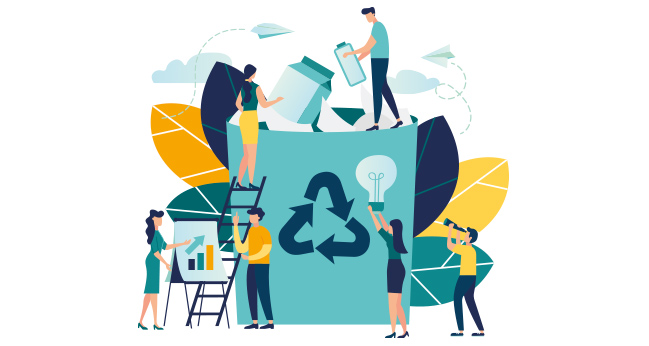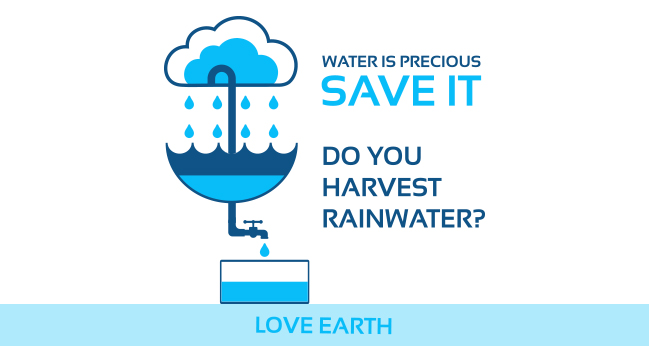GST & RERA: The two things that brought a transit in the Indian economy
Mr. Santosh Dash, Director & Tapas Ranjan Parida, Associate Director, 7th Heaven Homes LLP are very optimistic about the inception of GST & RERA in the Indian Economy. Here are their views on the impact of GST & RERA in the Indian Economy especially in Real Estate Sector.
The Goods And Services Tax (GST) is a value-added tax levied on most goods and services sold for domestic consumption.
Real estate welcomed the thought process of the government on GST. The process has definitely aided homebuyers with 5%GST for New Launches/Luxury Homes and 1% for affordable segments.
Input tax credit which earlier was not being assigned to the buyers had created questions in the minds of the buyers but the implementation of new GST rates has brought about clarity which has resulted in a subtle increase in sales & rise of Real Estate in Bangalore.
Next comes the biggest revolution of the Reg Estate segment – RERA.
The Real Estate Regulatory Act was implied by the Indian Parliament to protect home buyers as well as help boost investments in the real estate industry.
Post the implementation of RERA there is an increase in trust factors for buyers while investing on a property. The impact of RERA has limited the number of new launches, guaranteed delivery date not abiding by which, a developer would have to pay a hefty penalty on being a defaulter. Also as only a RERA registered realtor is permitted to make a transaction, it assures a safety factor for the home buyer to rely on an agent.
With RERA implied on different states, a realtor gets an opportunity to sell products PAN India post his registration under RERA for the particular state.
Thus with rising in business, partners can work with the developers with different modules like an annual operating plan which can assure higher payout slabs and drive the increase in the number of sales.






